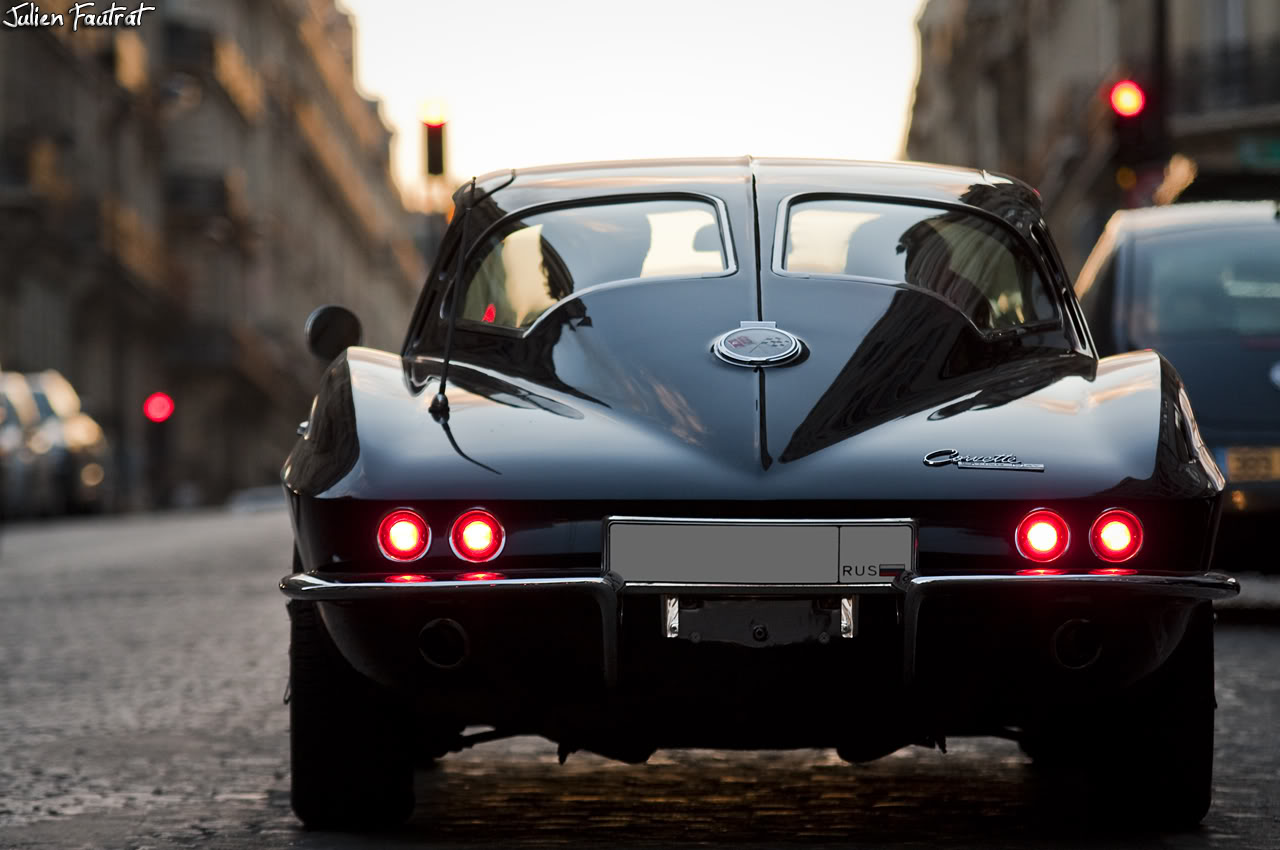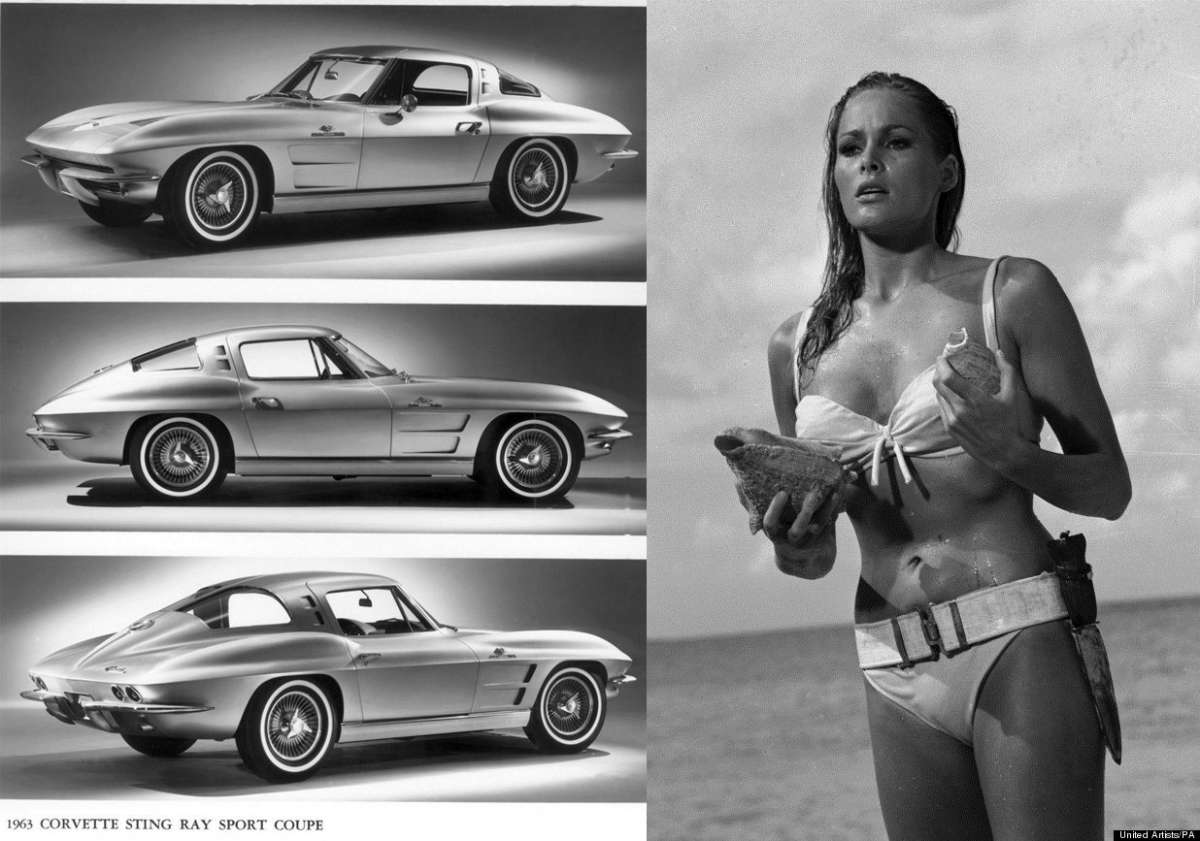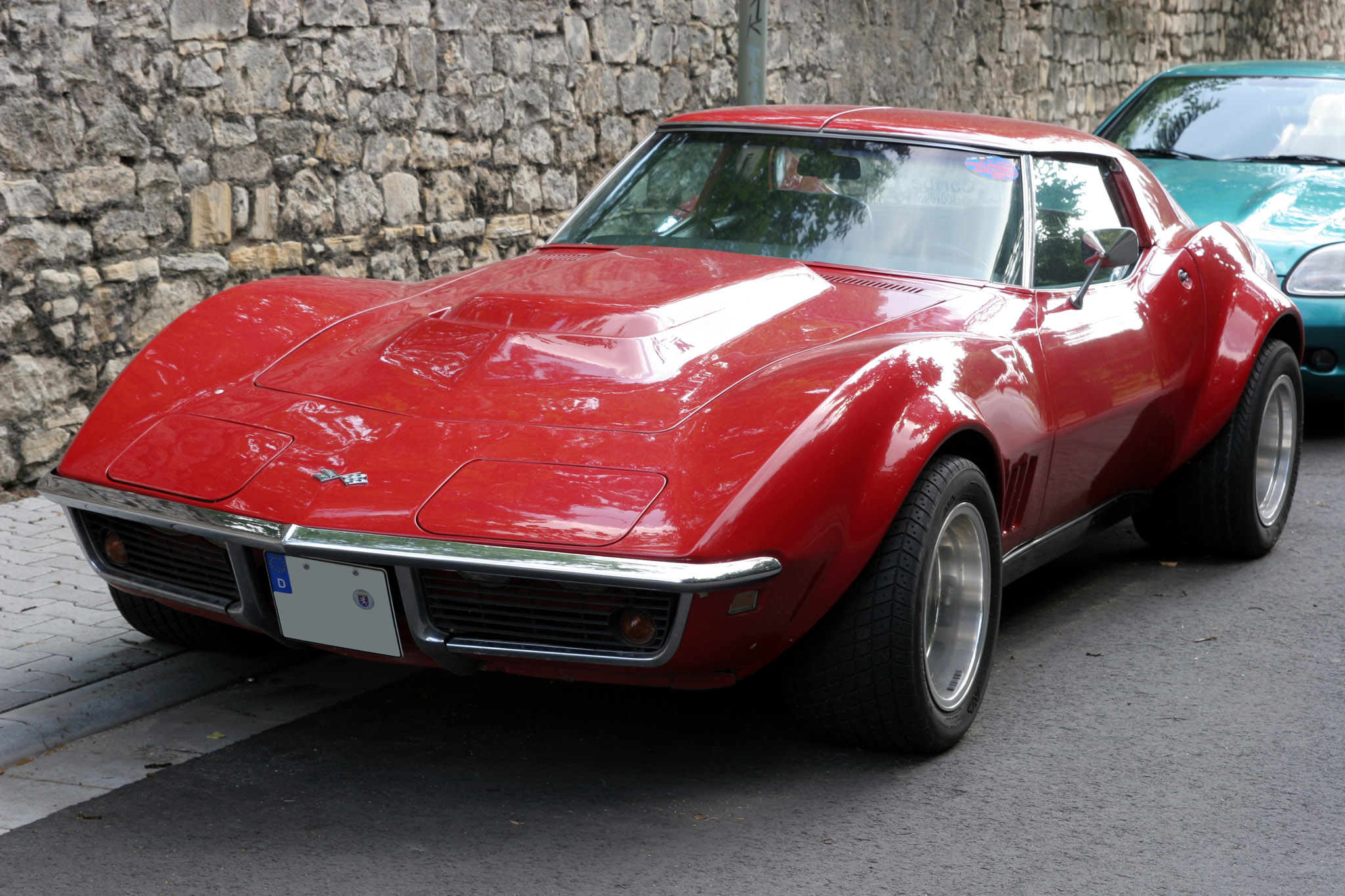CORVETTE C2/C3
ALGUNOS DATOS INTERESANTES E IMAGENES EXCELENTES
UNO DE MIS DEPORTIVOS CLASICOS FAVORITOS Y EL CUAL INSISTO TIENE UN DISEÑO TREMENDO PARA LA EPOCA Y SE MANTIENE. DE AHI EL POST, A COMPARTIR...

Se empezo a fabricar en la decada del 50 y justamente, fue el primer deportivo de la marca de Detroit. Como se sabe, las generaciones se distinguen por la sigla C mas un numero. Para mi, los mejores fueron el C2 y C3, que quede claro... Aunque el primero y original, obviamente, fue el C1. Lo diseño Earl, conocido por varios trabajos donde entre ellos esta Cadillac. Se vende con la marca Chevrolet y tambien bajo la marca Corvette, depende el pais. Y si, motores 6 y 8 cilindros con traccion trasera, como debe ser! Hermoso el Vette... Nombre en honor a un barco militar que era muy agil durante el siglo XIX.
Algo corto y resumido de como nacio este auto. La Nash (despues denominada AMC tras la fusion de Nash y la Hudson: un vehiculo por ejemplo es el AMX 1969) vendio un auto en donde colaboraba Healey (ingeniero britanico) y Pinin Farina (en ese momento habia diseñado al Ferrari 250). Bueno, Earl comenzo a pedirle a la GM un coche deportivo de dos asientos y por ende se desarrolla el "Proyecto Opel". Nace el Corvette. En materia motores, ya en esa epoca destronaban potencia. Decada del 50 y 60, para ubicarse... Por ejemplo, para nombrar uno, un V8 5.4 de 360 HP.
C2 Stingray, ahi vamos...
Nace en el 63. Este es diseñado por Shinoda con inspiracion del Corvette Q. La novedad: suspension trasera independiente y luneta dividida. Habia transmisiones de 3 y 4 marchas donde la automatica era de 2. Un lindo motor, el V8 7.0
Se han visto cifras de 0-100 km/h en 5.6 segundos y el 1/4 de milla en 14.5 segundos.
Sport Car International lo nombro entre los mejores deportivos de los años 60.
El Grand Sport. Todo empieza por la preocupacion de Arkus-Duntov, ingeniero de Corvette, por el Shelby Cobra de Ford. El objetivo: un auto para la carrera Gran Turismo de la FIA. Creian hacer 125 unidades, pero cuando GM se entera, inmediatamente suspende el proyecto y solo se fabrican 5. Asi es, son los unicos sobrevivientes que hoy quedan.
Participaron en Daytona y Sebring. El motor mas usado: bloque chico y aluminio, 4 carburadores Weber. Resultado: 550 HP a 6400 RPM. Muchas partes del auto fueron de fibra de vidrio y acero ligero, todo para quitar peso.
Tampoco hay que olvidar al Z06.









C3 Stringay
Mako Shark II o Tiburon, como prefieran. Este empezo en el 68 y duro hasta el 82. Fue la introduccion de los juguetes Hot Wheels (famosos) donde ahora son de Mattel. Por ende, GM queria mantener en secreto el coche, pero Hot Wheels lo anticipo un tiempo antes ya que la expectativa era grande. Se vio el ZL1, ZR1, ZR2. Tambien la edicion coleccionista en los 80.
Obviamente, motores interesantes. V8 7.0 big-block, mas de 400 HP... En fin!
Si los abre usado en el Gran Turismo de PS1
PD. Sospresita en la ultima imagen.









ALGUNOS DATOS INTERESANTES E IMAGENES EXCELENTES
UNO DE MIS DEPORTIVOS CLASICOS FAVORITOS Y EL CUAL INSISTO TIENE UN DISEÑO TREMENDO PARA LA EPOCA Y SE MANTIENE. DE AHI EL POST, A COMPARTIR...

Se empezo a fabricar en la decada del 50 y justamente, fue el primer deportivo de la marca de Detroit. Como se sabe, las generaciones se distinguen por la sigla C mas un numero. Para mi, los mejores fueron el C2 y C3, que quede claro... Aunque el primero y original, obviamente, fue el C1. Lo diseño Earl, conocido por varios trabajos donde entre ellos esta Cadillac. Se vende con la marca Chevrolet y tambien bajo la marca Corvette, depende el pais. Y si, motores 6 y 8 cilindros con traccion trasera, como debe ser! Hermoso el Vette... Nombre en honor a un barco militar que era muy agil durante el siglo XIX.
Algo corto y resumido de como nacio este auto. La Nash (despues denominada AMC tras la fusion de Nash y la Hudson: un vehiculo por ejemplo es el AMX 1969) vendio un auto en donde colaboraba Healey (ingeniero britanico) y Pinin Farina (en ese momento habia diseñado al Ferrari 250). Bueno, Earl comenzo a pedirle a la GM un coche deportivo de dos asientos y por ende se desarrolla el "Proyecto Opel". Nace el Corvette. En materia motores, ya en esa epoca destronaban potencia. Decada del 50 y 60, para ubicarse... Por ejemplo, para nombrar uno, un V8 5.4 de 360 HP.
C2 Stingray, ahi vamos...
Nace en el 63. Este es diseñado por Shinoda con inspiracion del Corvette Q. La novedad: suspension trasera independiente y luneta dividida. Habia transmisiones de 3 y 4 marchas donde la automatica era de 2. Un lindo motor, el V8 7.0
Se han visto cifras de 0-100 km/h en 5.6 segundos y el 1/4 de milla en 14.5 segundos.
Sport Car International lo nombro entre los mejores deportivos de los años 60.
El Grand Sport. Todo empieza por la preocupacion de Arkus-Duntov, ingeniero de Corvette, por el Shelby Cobra de Ford. El objetivo: un auto para la carrera Gran Turismo de la FIA. Creian hacer 125 unidades, pero cuando GM se entera, inmediatamente suspende el proyecto y solo se fabrican 5. Asi es, son los unicos sobrevivientes que hoy quedan.
Participaron en Daytona y Sebring. El motor mas usado: bloque chico y aluminio, 4 carburadores Weber. Resultado: 550 HP a 6400 RPM. Muchas partes del auto fueron de fibra de vidrio y acero ligero, todo para quitar peso.
Tampoco hay que olvidar al Z06.








C3 Stringay
Mako Shark II o Tiburon, como prefieran. Este empezo en el 68 y duro hasta el 82. Fue la introduccion de los juguetes Hot Wheels (famosos) donde ahora son de Mattel. Por ende, GM queria mantener en secreto el coche, pero Hot Wheels lo anticipo un tiempo antes ya que la expectativa era grande. Se vio el ZL1, ZR1, ZR2. Tambien la edicion coleccionista en los 80.
Obviamente, motores interesantes. V8 7.0 big-block, mas de 400 HP... En fin!
Si los abre usado en el Gran Turismo de PS1
PD. Sospresita en la ultima imagen.













 2/11
2/11 6/11
6/11 10/11
10/11
Comment